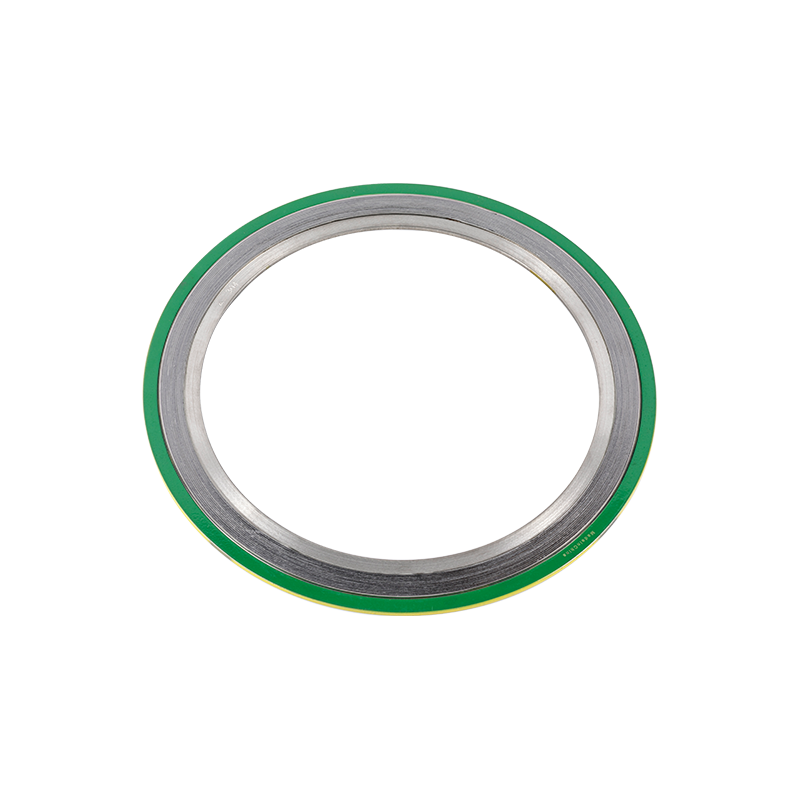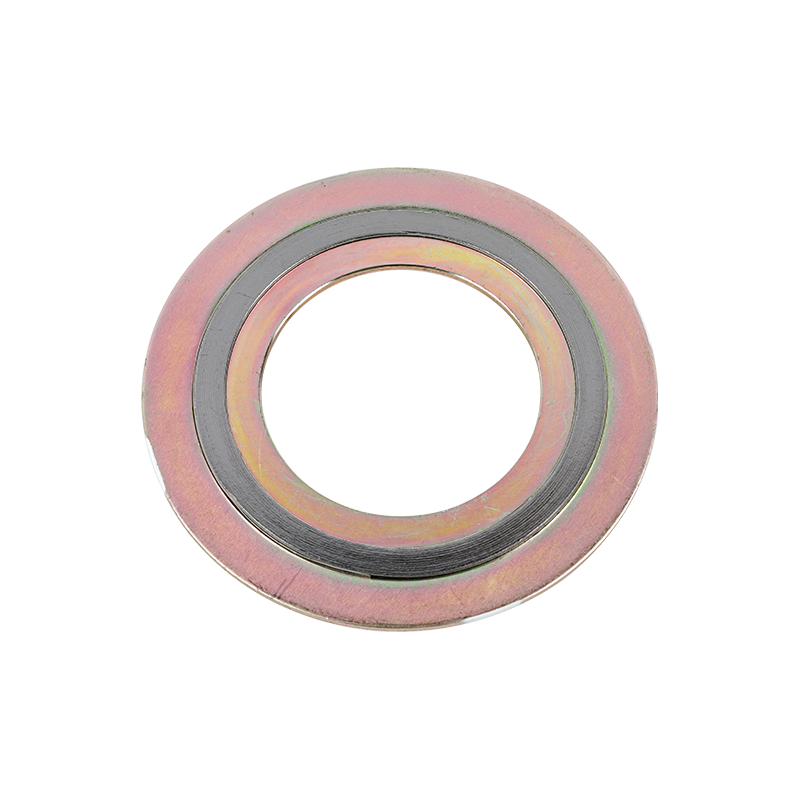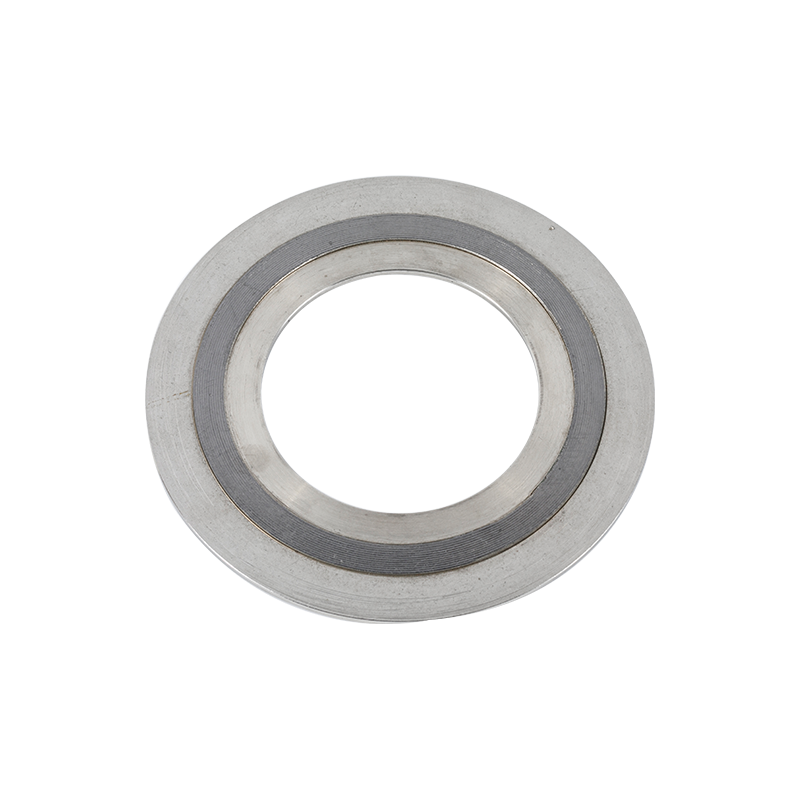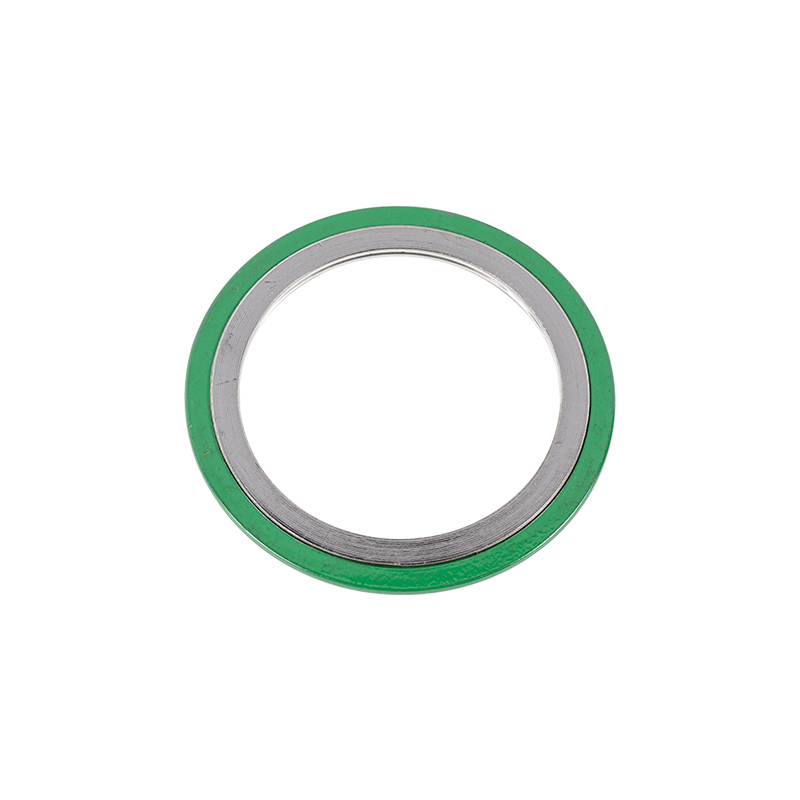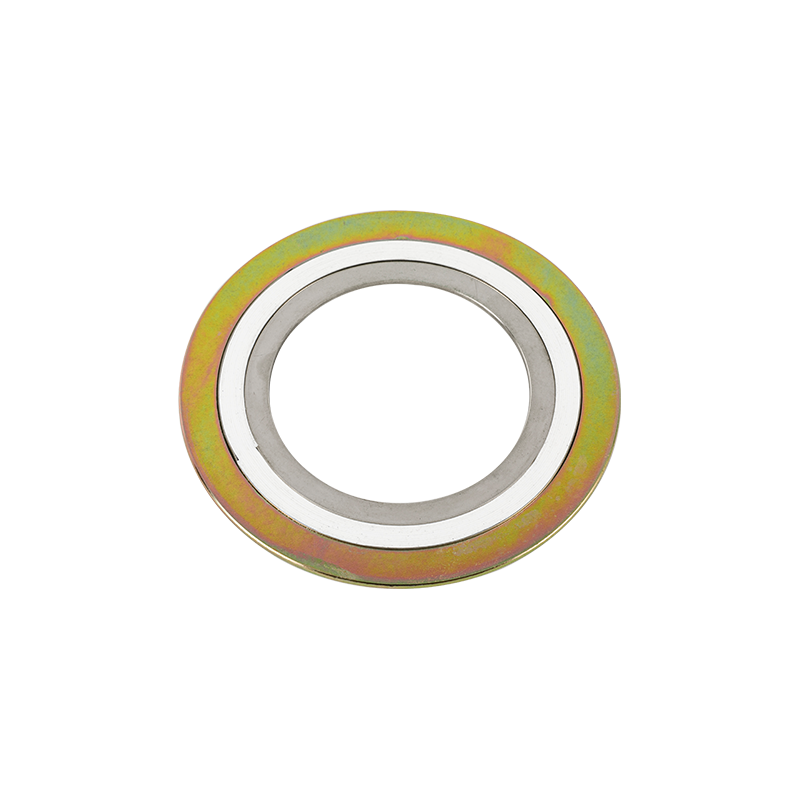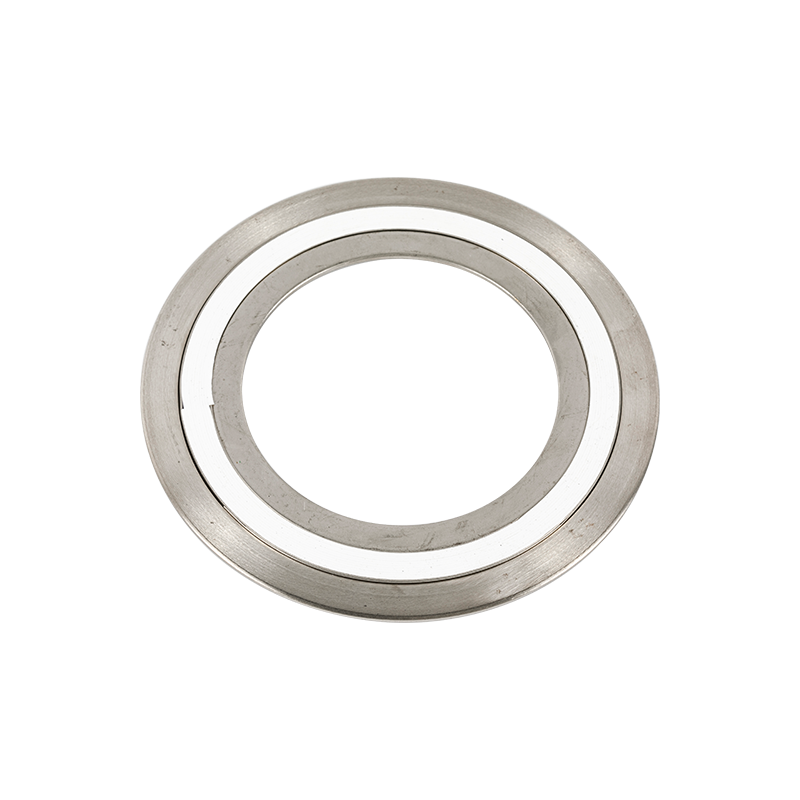1. Classification of seals
Sealing can be divided into two categories: static sealing between relatively static joint surfaces and dynamic sealing between relatively moving joint surfaces. Static sealing is mainly classified into three categories: sealing, rubber sealing and contact sealing. According to the working pressure, static seals can be divided into medium and low pressure static seals and high pressure static seals. Medium and low pressure static seals are usually made of softer and wider gaskets, while high pressure static seals are made of harder metal gaskets with a narrow contact width. Dynamic seals can be divided into two basic types: rotary seals and reciprocating seals. According to whether the seal is in contact with the relative moving parts, it can be divided into contact seal and non-contact seal.
Generally speaking, the contact seal has good sealing performance, but it is limited by friction and wear and is suitable for occasions where the linear velocity of the sealing surface is low. The non-contact seal has poor sealing performance and is suitable for higher speed occasions.
Second, the selection of the seal
The basic requirements for sealing are good sealing, safe and reliable, long life, and should strive for compact structure, simple system, convenient manufacturing and maintenance, and low cost. Most of the seals are vulnerable parts, interchangeability should be ensured, standardization and serialization should be realized.
3. Sealing material
3.1 Types and uses of sealing materials
The sealing material should meet the requirements of the sealing function. Due to the different media to be sealed and the different working conditions of the equipment, different adaptability of the sealing material is required. The requirements for sealing materials are generally:
1) The material has good compactness and is not easy to leak the medium;
2) Appropriate mechanical strength and hardness;
3) Good compressibility and resilience, small permanent deformation;
4) It does not soften or decompose under high temperature, and does not harden or brittle under low temperature;
5) Good corrosion resistance, can work for a long time in acid, alkali, oil and other media, its volume and hardness change little, and it does not adhere to the metal surface;
6) The friction coefficient is small, and the wear resistance is good;
7) It has the flexibility to combine with the sealing surface;
8) Good aging resistance and durable;
9) Convenient processing and manufacturing, low price and easy to obtain materials.
Rubber is a very commonly used sealing material. In addition to rubber, graphite, polytetrafluoroethylene, and various sealants are also suitable for sealing materials.
3.2 General rubber sealing products materials
General-purpose rubber sealing products are more and more widely used in defense, chemical, coal, petroleum, metallurgy, transportation and machinery manufacturing industries, and have become basic parts and accessories in various industries.
Fourth, the commonly used materials of rubber sealing products are as follows:
1 Silicone rubber
Silicone rubber has outstanding high and low temperature resistance, ozone resistance and weather resistance performance. It can maintain its unique flexibility and ozone resistance and weather resistance within the working temperature range of -70~260℃. It is suitable for making heat mechanism. Required gaskets, such as strong light source lampshade gaskets, valve gaskets, etc. Since silicone rubber is not oil-resistant, has low mechanical strength and is expensive, it is not suitable to make oil-resistant sealing products.
2 Nitrile rubber
Nitrile rubber has excellent resistance to fuel oil and aromatic solvents, but it is not resistant to media such as ketones, esters and hydrogen chloride. Therefore, oil-resistant sealing products and nitrile rubber are mainly used.
3 Neoprene
Neoprene rubber has good oil and solvent resistance. It has good resistance to gear oil and transformer oil, but it is not resistant to aromatic oils. Neoprene rubber also has excellent resistance to weathering and ozone aging. The cross-linking rupture temperature of neoprene rubber is above 200℃, and neoprene rubber is usually used to make door and window sealing strips. Neoprene rubber also has good corrosion resistance to inorganic acids. In addition, because neoprene rubber has good flexibility and gas impermeability, it can be made into diaphragms and vacuum sealing products.
4 Natural rubber
Compared with most synthetic rubbers, natural rubber has good comprehensive mechanical properties, cold resistance, higher resilience and abrasion resistance. Natural rubber is not resistant to mineral oil, but it is more stable in vegetable oils and alcohols. In the hydraulic brake system of the brake fluid composed of a mixture of n-butanol and refined castor oil, the rubber bowl and the rubber ring are all made of natural rubber. Generally, the sealant is also made of natural rubber.
5 Fluorine rubber
Fluorine rubber has outstanding heat resistance (200~250℃) and oil resistance. It can be used to make cylinder liner seals, rubber bowls and rotating lip seals, which can significantly increase the use time.
6 EPDM rubber
The main chain of EPDM rubber is a fully saturated linear structure without double bonds, and its side chain has diene, so that it can be vulcanized with sulfur. EPDM rubber has excellent aging resistance, ozone resistance, weather resistance, heat resistance (can be used for a long time in an environment of 120 ℃), chemical resistance (such as alcohol, acid, strong alkali, oxidant), but not Resistant to aliphatic and aromatic solvents. EPDM rubber has very low density in rubber and has high filling characteristics, but it lacks self-adhesiveness and mutual adhesion. In addition, EPDM rubber has outstanding steam resistance and can be used to make sealing products such as steam-resistant diaphragms. EPDM rubber has been widely used in washing machines, TV accessories and door and window sealing products, or in the production of multiple composite profiles.
7 Polyurethane rubber
Polyurethane rubber has excellent abrasiveness and good airtightness, and the temperature range is generally -20~80℃. In addition, it has medium oil resistance, oxygen resistance and ozone aging resistance, but it is not resistant to acids, alkalis, water, steam, and ketones. It is suitable for manufacturing various rubber sealing products, such as oil seals, O-rings and diaphragms.
8 chloroether rubber
Chloroether rubber has the advantages of nitrile rubber, chloroprene rubber and acrylate rubber. Its oil resistance, heat resistance, ozone resistance, flame resistance, alkali resistance, water resistance and organic solvent resistance are all very good, and it has good process performance. Its cold resistance is poor. When the operating temperature is not too low, chloroether rubber is still a good material for sealing products such as oil seals, various sealing rings, gaskets, diaphragms and dust covers.
9 Acrylic rubber
Acrylic rubber has heat-resistant oils (mineral oils, lubricating oils and fuel oils), especially oil-resistant stability at high temperatures, generally up to 175°C, and can withstand temperatures up to 200°C for intermittent use or short-term use. Its disadvantage is poor cold resistance. Therefore, it is suitable to make oil seals resistant to high temperature oil in non-cold areas, but it is not suitable for sealing products subjected to tensile or compressive stress at high temperatures.
Five, gasket seal
Pad seals are widely used in static sealing of the joint surfaces of pipelines, pressure vessels and various shells. There are three types of gaskets: non-metal gaskets, non-metal and metal combined gaskets and metal gaskets. The commonly used materials are rubber, leather, asbestos, cork, PTFE, steel, iron, copper and stainless steel.
There are three forms of gasket leakage: interface leakage, penetration leakage and destructive leakage. The former two are the main forms.


 English
English
 中文简体
中文简体
